8 Reasons Your Walls Are Stressing You Out
The one thing standing between your house and the home of your dreams (besides an indoor pool with a waterfall) could be what's covering your walls.
By Candace Braun Davison
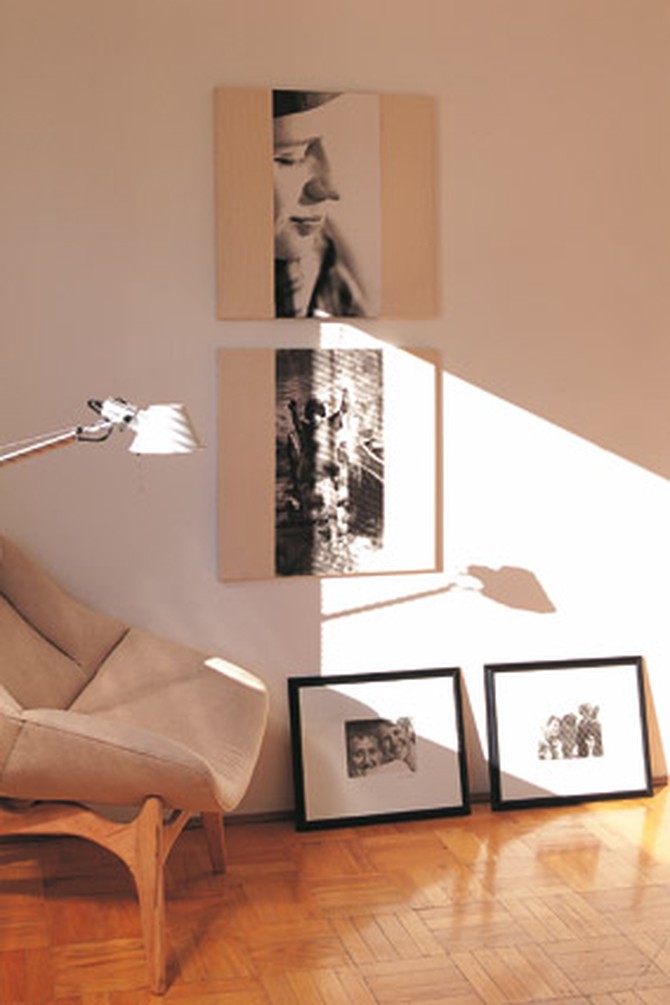
Photo: Thinkstock
Your Wall Collage Is Missing This One Thing
Collecting several pieces of art and displaying them together, collage-style, on one wall is an ever-popular trend, but creating a look that's cohesive—not chaotic—can be challenging. "It is okay to mix different genres and types of art, playing with frame sizes, shapes or no frames at all, but make sure there is some sort of consistent theme or color that brings the pieces together: all white frames, all frames with a wide mat or all black and white art," says Abby Larson, founder and editor of Style Me Pretty and Style Me Pretty Living.
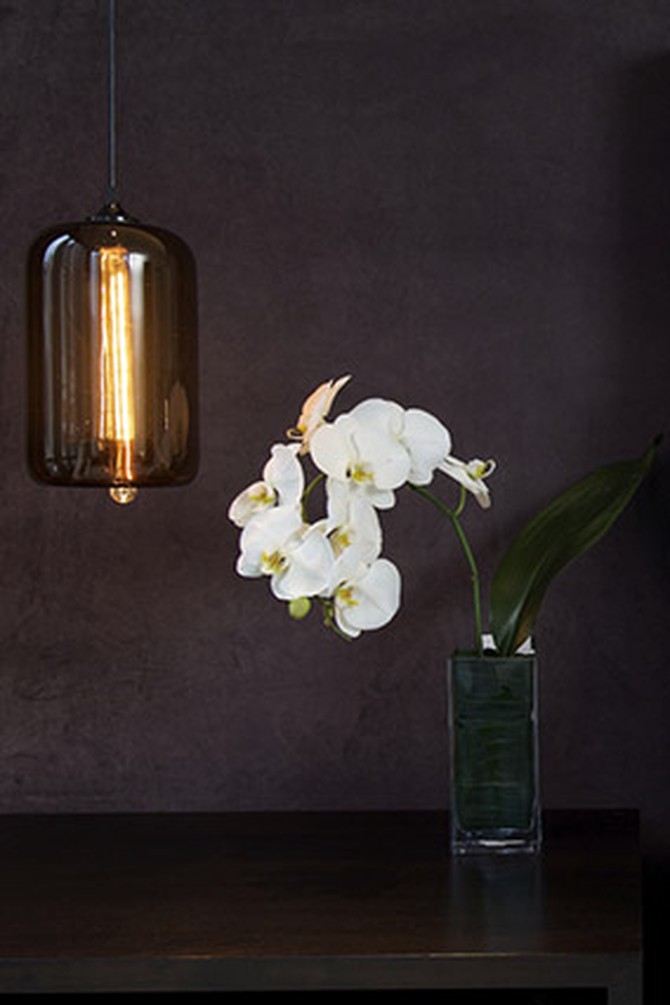
Photo: Thinkstock
You're Afraid of the Dark
Figuring out the right color to paint the walls can feel like an exercise in futility. You can compare swatches for weeks, in natural and artificial light, and yet somehow wind up with taupe walls that feel a little too mauve, or gray walls that seem just a bit too green. Most often, though, the real reason people aren't satisfied with their walls is because they chose a color that's just a shade too light, says Jackie Jordan, director of color marketing at Sherwin-Williams. "They put in all the effort to paint, and in the end, it doesn't feel like they made a real change," she explains. "I usually recommend that people go a shade lower on the swatch than they're thinking about buying, since that’s usually the result they're after, but they're afraid it will be too dark."
While pale blues and dusty greens are known for being soothing, Jordan says dark colors—like stormy charcoal and chocolate brown—can create a relaxing, comforting mood. The key is looking for less saturated shades and opting for a matte or flat finish, which feel less intense than vibrant, high-gloss ones.
While pale blues and dusty greens are known for being soothing, Jordan says dark colors—like stormy charcoal and chocolate brown—can create a relaxing, comforting mood. The key is looking for less saturated shades and opting for a matte or flat finish, which feel less intense than vibrant, high-gloss ones.
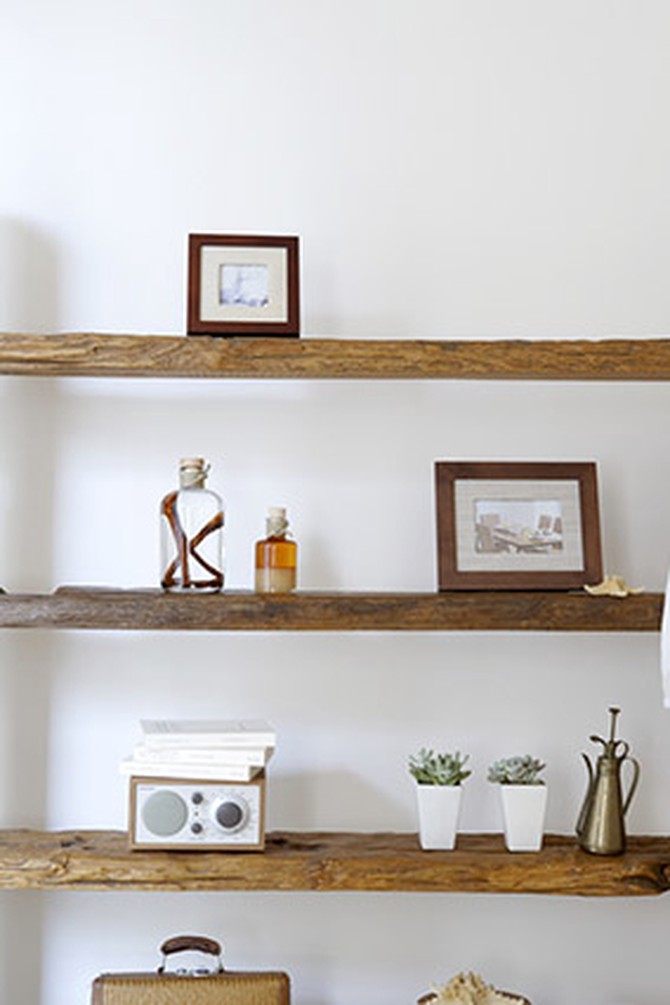
Photo: Thinkstock
You're Trying to Fill Space
Your shelves are one area where orderliness should be tempered with aesthetic appeal, but it can be all too easy for these spaces to become crowded and cluttered. One of the most visually soothing things you can do is incorporate a little empty space. "Try leaving a couple spots open to showcase a great vase, mirror or another pretty element," Larson says. Sculptural objects can break up a rigid row of books, as can a few titles stacked horizontally instead of vertically.
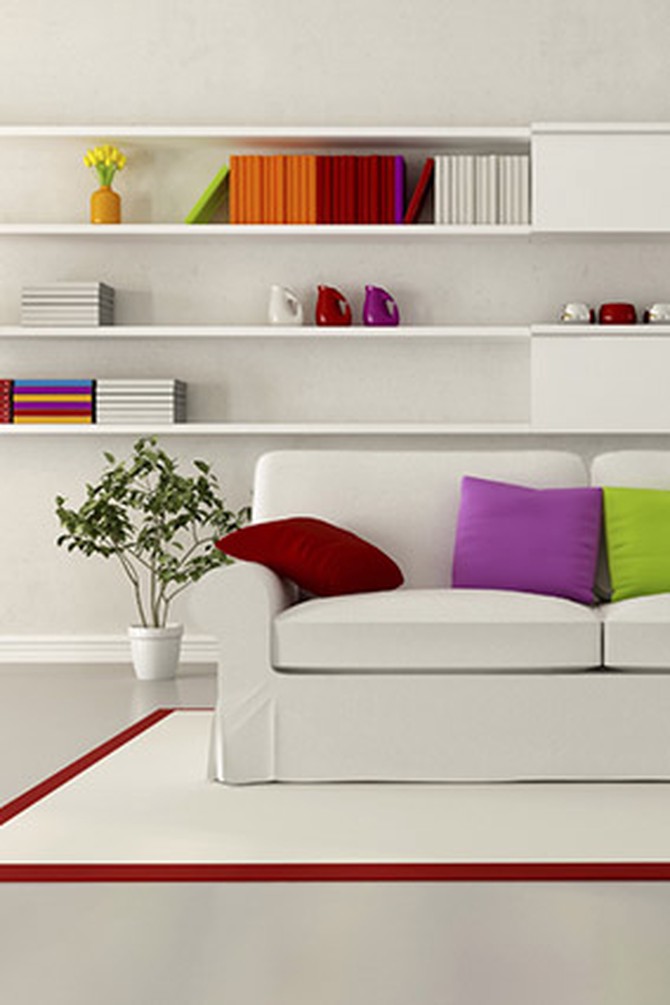
Photo: Thinkstock
You Have Too Many Divas on One Stage
"People are usually trying to have too many things be the 'standout' piece," says Larson. It can be helpful to walk into the room and note where your eye travels—and where you want it to travel. If your eyes are pinging between several things, you may want to move a few to another room. That doesn't mean you need "filler" items you don't like as much; you may just need to swap some of the bolder, brighter things for pieces that don't compete as much.
Artwork, for example, can be the focal point of the room, Larson says, or it can provide a layer of depth that allows something else—like a vibrant yellow lampshade and rug—to pop.
Artwork, for example, can be the focal point of the room, Larson says, or it can provide a layer of depth that allows something else—like a vibrant yellow lampshade and rug—to pop.
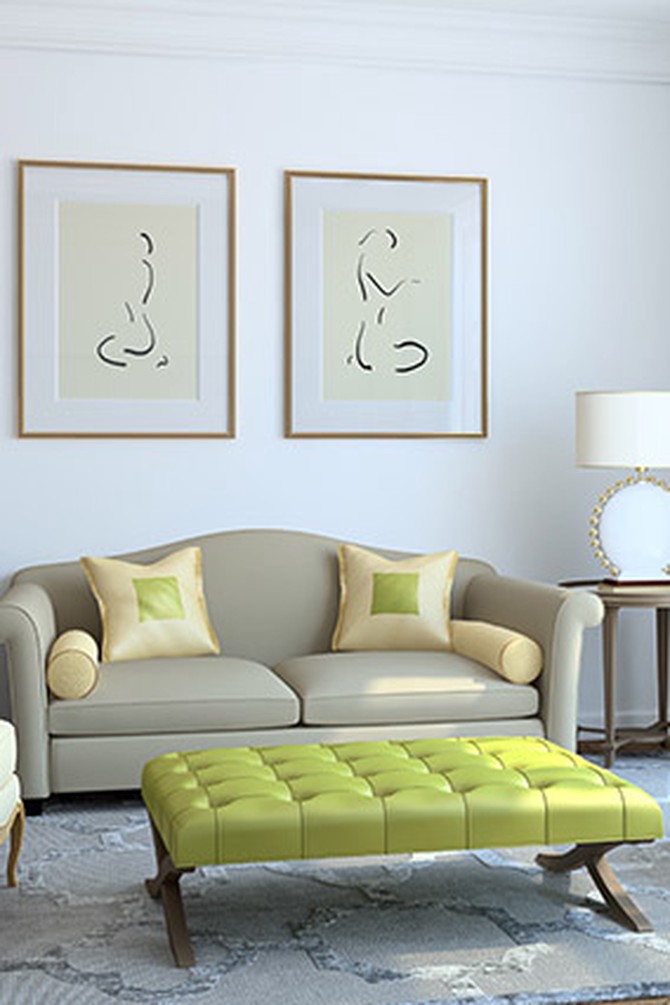
Photo: Thinkstock
Your Frame Has the Wrong Focus
When shopping for picture frames, many of us look for ones that match our décor. And then, five years later, when our tastes have changed, we keep the same dated look outlining every portrait. "Frame for the art, not your home," says Emily Henderson, star of HGTV's Secrets From a Stylist. "It shouldn't be wildly different than your home's style, but you want to focus on making the art the best it can be. That way it will be timeless." If you're unsure of what works best with your art, Henderson suggests simple, modern frames, like Framatic's Woodworks or Ikea's Ribba line.
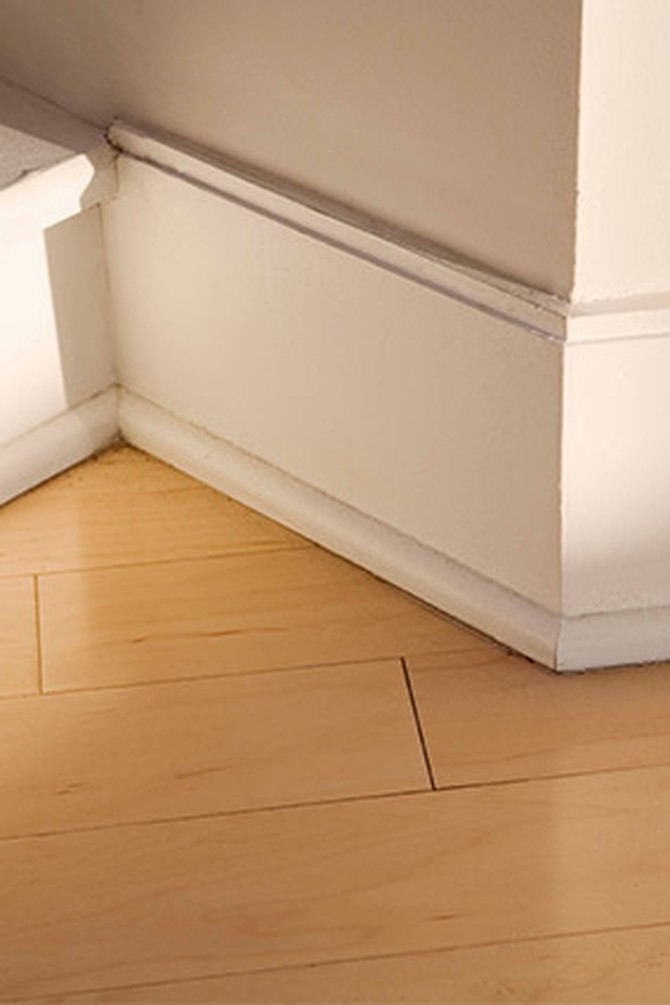
Photo: Thinkstock
There's This One Untidy Spot You Keep Forgetting About
Everything is exactly as you'd like it, from paint color to wall hangings, yet something just feels...off. You're not sure what it is, but there's something bothering you about your living room. Quick—look at your wall and shift your gaze downward, stopping just before you hit the floor. How do the baseboards look? This is one area many people forget to clean, says Jill Sloane, an executive vice president at Halstead Property's Westside Office in Manhattan. A quick once-over with a damp cloth (or a microfiber rag dipped in warm, soapy water and wrung almost dry) can be just the thing a room needs to look polished.
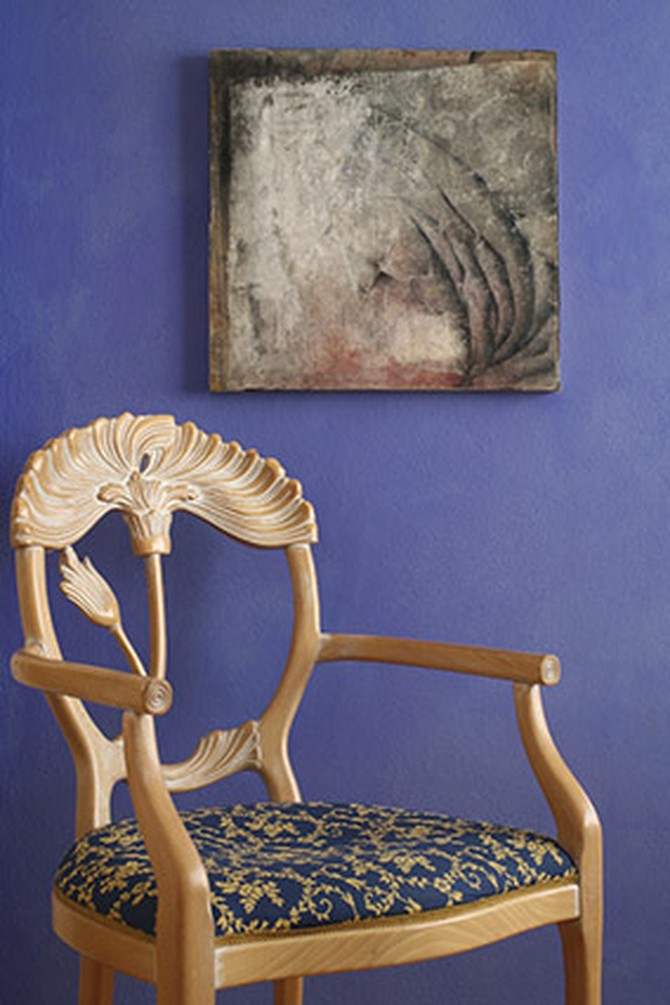
Photo: Thinkstock
Your Art Is Hanging...Here
If you've ever had to get on tiptoe or bend over to take in a piece of art or a family photo, you're not alone. It can be tempting to hang things higher than necessary in rooms with high ceilings, or to hang them so they're level with the TV, but both strategies can make your home feel disheveled. When you're hanging art gallery-style, the art can (and should) vary in height, but for individual pieces, Larson recommends keeping it at eye level—about five feet from the ground. (Level with the TV usually doesn't work because most people keep their TVs at eye level while they're sitting. Stand up, and you suddenly have to hunch over to examine the art.)

Photo: Thinkstock
You're Living with the "Aw, You Shouldn't Have"s
Maybe it's a commemorative plate your grandmother bequeathed you or a seashell-superglued frame you received as a wedding present—no matter the item, it just isn't your style, and you felt guilty about tossing it, so it's now on display. However, there's another way to honor your grandmother or a crafty aunt without having to adopt her style. Designer Nate Berkus hangs up unexpected items, like the jacket his grandfather wore when he was 2 years old, that have strong meanings to him. In that sense, he's living with the things he loves while celebrating the people he loves.
Next: Boost your mood by redecorating
Next: Boost your mood by redecorating
Published 08/29/2013

